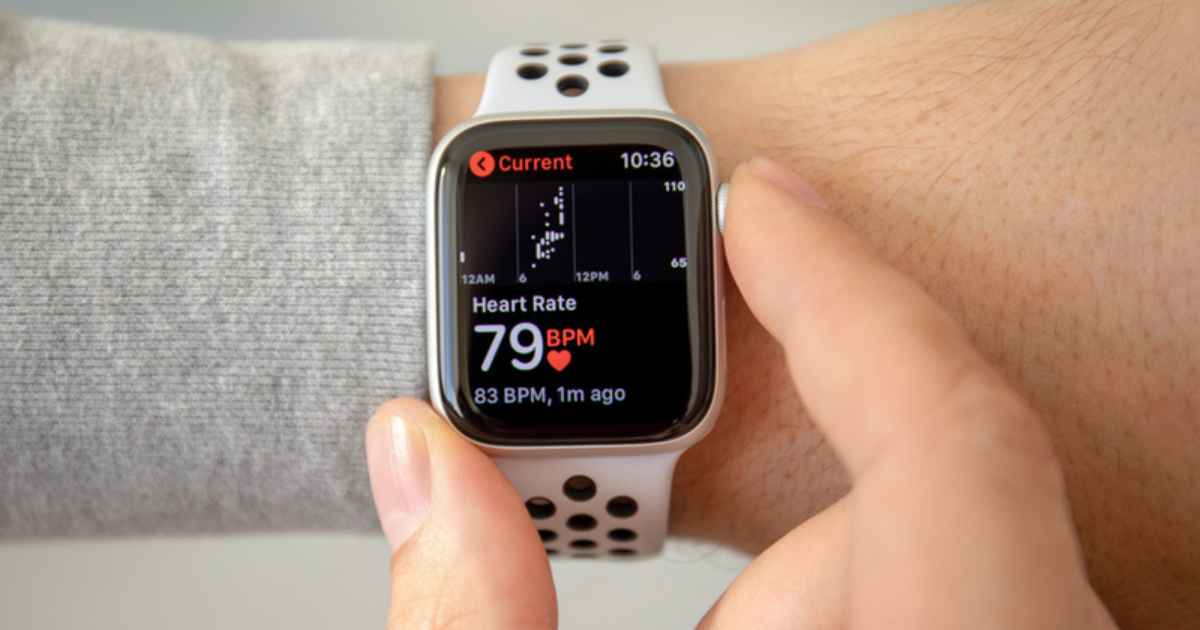Effective healthcare systems have four goals: improve treatment outcomes for patients, reduce the cost of medical care provided to patients, improve patients’ and healthcare staff’s experiences in facilities, and improve quality of care.
The best way to achieve these goals is to use the intelligence and insights generated from empirical data and information-gathering technology systems. This is where healthcare informatics comes in, and here are a few facts to make you consider its impact.
1. Critical and Diverse Field

Healthcare informatics is a very diverse field owing to its vast application in health care. Healthcare informatics uses tools from health care, business, and technology.
Since the field is an amalgamation of three distinct domains, it offers different and unique specializations. These specializations include public health informatics, bioinformatics, healthcare information management, and nursing informatics.
There is a lot of resource waste in the healthcare industry due to inefficient management and anecdotal decision-making. Hence, there is a lot of potential for the introduction of healthcare informatics into health care.
Healthcare informatics has immense application in identifying cost-effective avenues where costs could be cut and operations streamlined. Considering the overburdened state of the healthcare system, there is a dire demand for healthcare informatics applications and experts who are specialized in this field.
Meeting this need has caused a spike in the number of permanent and contractual job opportunities for health informatics experts who can bring about positive developments in health care with the knowledge and skills they have. These jobs and consultancies range from an information system specialist to a data analyst and require technical education and experience in healthcare informatics.
2. Role in Evolving Healthcare Education

The coming decades will witness our growing dependence on technology in almost all fields. According to estimation, it is going to be the prominent mode of education in the coming years. Immersive learning is a continuous evolution because this mode of learning depends on technology. Every day humans come up with new ideas and technologies, which influence methods of immersive learning.
There are four main methods used by immersive learning
- Augmented Reality (A.R.)
- Mixed Reality (M.R.)
- Simulation Learning
- Virtual Reality (V.R.)
The role of healthcare informatics, especially bioinformatics, is critical in developing and informing training programs for medical and surgical students. For training, purposes augmented reality and virtual reality techniques play a major role.
To learn and practice procedures, immersive learning is a recommended method. They can learn theory and apply it in their virtual practice, and receive immediate feedback on their responses. The educational sector prefers this method of learning because it is the most measured form of learning to date.
Technologies in immersive learning used for teaching and training provide extensive analytic learning reports. They contain data on how long a student uses the immersive learning technologies, the number of times they use them, and how many learning exercises they complete using them.
They also contain additional data on students’ performance, eye contact, and body language during the learning experiences. These detailed insights highlight areas that the teachers and learners can then work on in order to enhance and accelerate the learning experience.
Measurability of learning not only provides strong evidence for the effectiveness of immersive learning tools for both the learners and the teachers, but it also quantifies learning and teaching methodologies in actionable ways.
3. Evidence-Based Programming

In this approach, organizations first conduct research to understand the healthcare outcomes and social determinants of health in a particular context and subsequently use the study’s findings to develop programs.
They also provide empirical data from past programs to inform health program development. Research has shown that these programs are tailored for societal needs and yield a more significant positive response from the beneficiaries.
4. Critical in Impact Evaluation

The field of healthcare informatics is at the core of all medical and healthcare systems. The reason for that is empirical data is required to authenticate whether your healthcare program or intervention works or not.
Healthcare organizations have to answer this question honestly as their reputation with the donors, their peers, and the public depends on it. Healthcare informatics professionals develop frameworks and information systems to collect data.
They subsequently use that data to forecast trends and assess healthcare intervention impacts. Impact evaluation analyses that use empirical data are the most reliable form of analysis. They use large sample sizes and provide credible evidence. However, the data analysis is highly technical and requires highly-trained healthcare informatics experts.
5. Development of Wearable Devices

Wearable devices help people to keep an eye on their fitness status. Proper monitoring helps the individuals to check the progress in fitness or because of bad habits the decline in health. This makes them concerned about their habits and encourages them to develop good habits that ensure a healthy life.
Doctors use these same devices and the data from them to monitor patients remotely. This way, patients don’t have to travel all the way to the clinic, and helps to keep an eye on the daily health graph. It is a highly effective way to treat chronic diseases without leaving the home.
Regular monitoring of blood pressure and heart condition helps the doctors to overcome any serious cardiac issue before its arrival. These wearable devices are developed based on
healthcare informatics determines the efficacy and accuracy of these devices.
Final Thoughts
Healthcare informatics is emerging as a critical field in healthcare because of its data-driven solutions. The field is pivotal in understanding which healthcare programs will work and which might not be so effective. The data-driven solutions provided by healthcare informatics will help healthcare organizations not to rely solely on anecdotal evidence. The benefits of incorporating healthcare informatics extend to reducing inefficiencies in healthcare processes, cutting back on decision-making times, and reductions in cost across the board. In the field of bioinformatics, specifically, professionals of healthcare informatics can bring about widespread adoption of immersive learning technologies to train new doctors and medical professionals. Healthcare informatics is also paving the way for the introduction of wireless monitoring devices for remote preventive care for patients with chronic illnesses. As a whole, healthcare informatics can be viewed as an amalgamation of various fields, like data science, machine learning, business intelligence, and is at the cutting edge of technological development.

A fervent champion for holistic well-being, graces this community with her expertise in health and fitness. With a solid educational foundation in physical fitness and a commitment to empowering others, Sara distills her extensive knowledge and experience into actionable insights. Her writing, firmly grounded in evidence-based practices, aims to demystify health complexities and inspire readers to cultivate sustainable habits for a balanced life. As a certified fitness trainer, Sara offers a well-rounded perspective on wellness. Join Sara on this transformative journey towards a happier, healthier, and more vibrant you.






Loading…